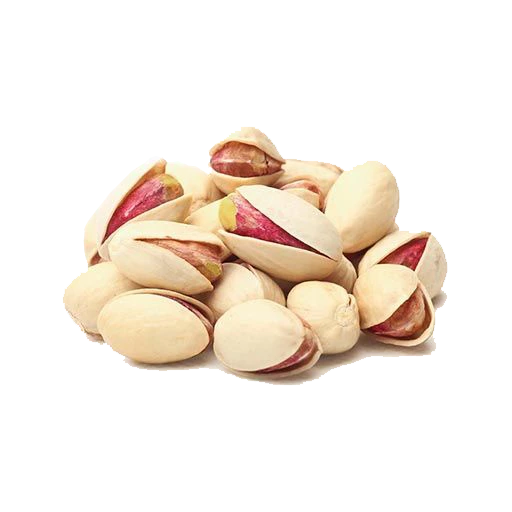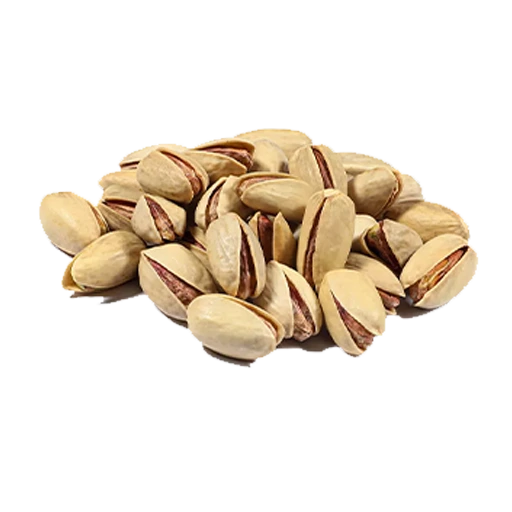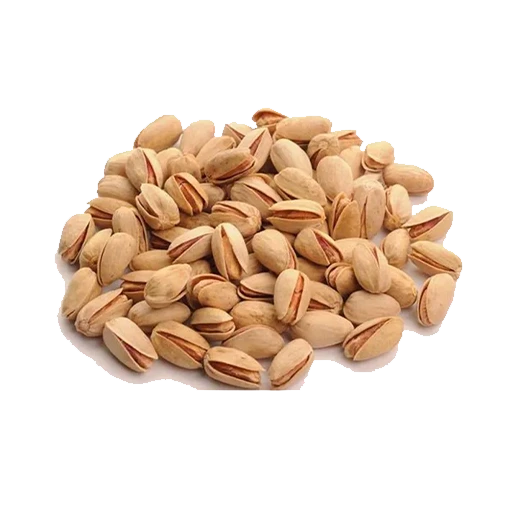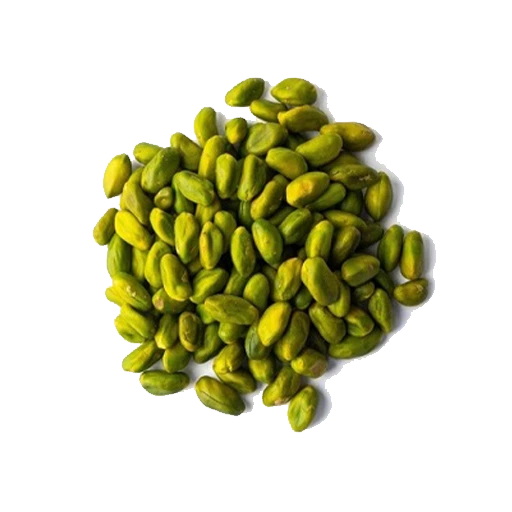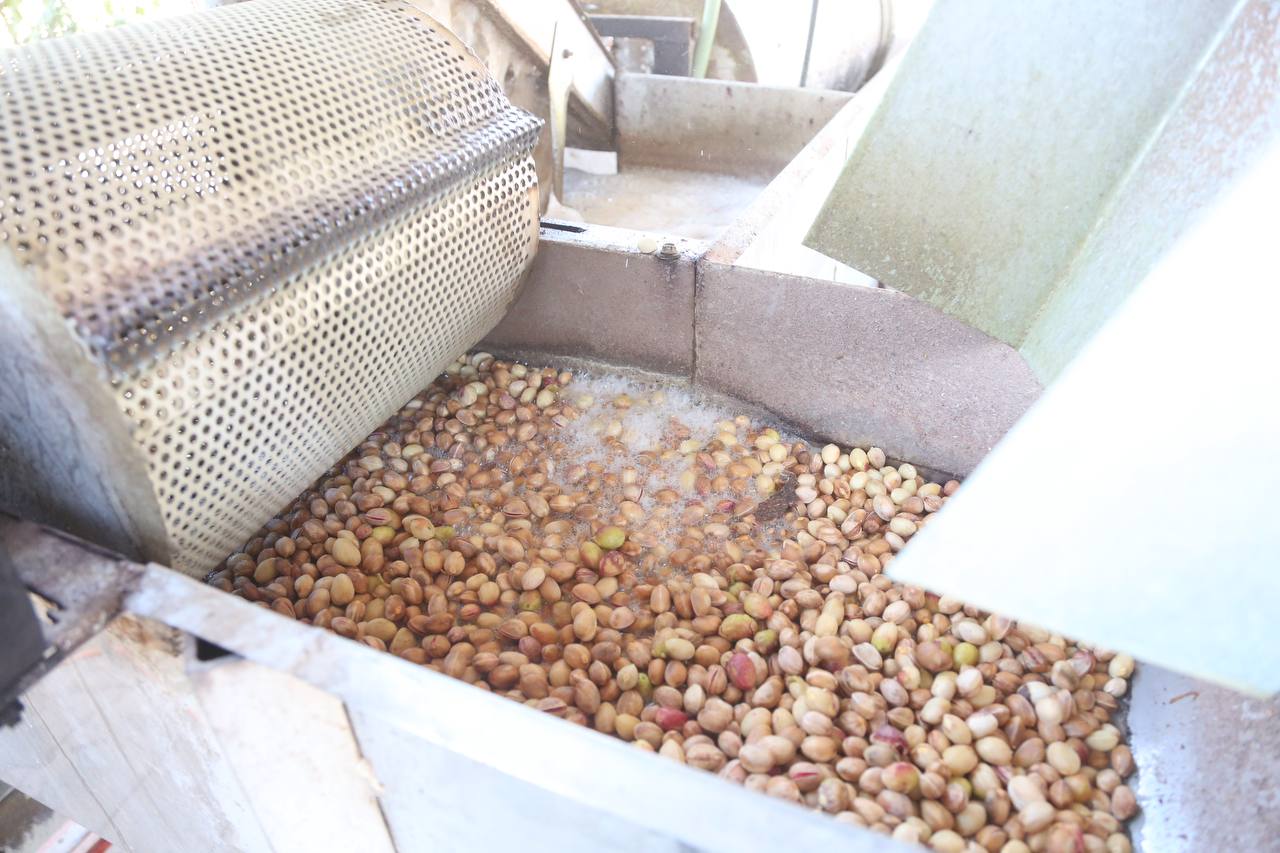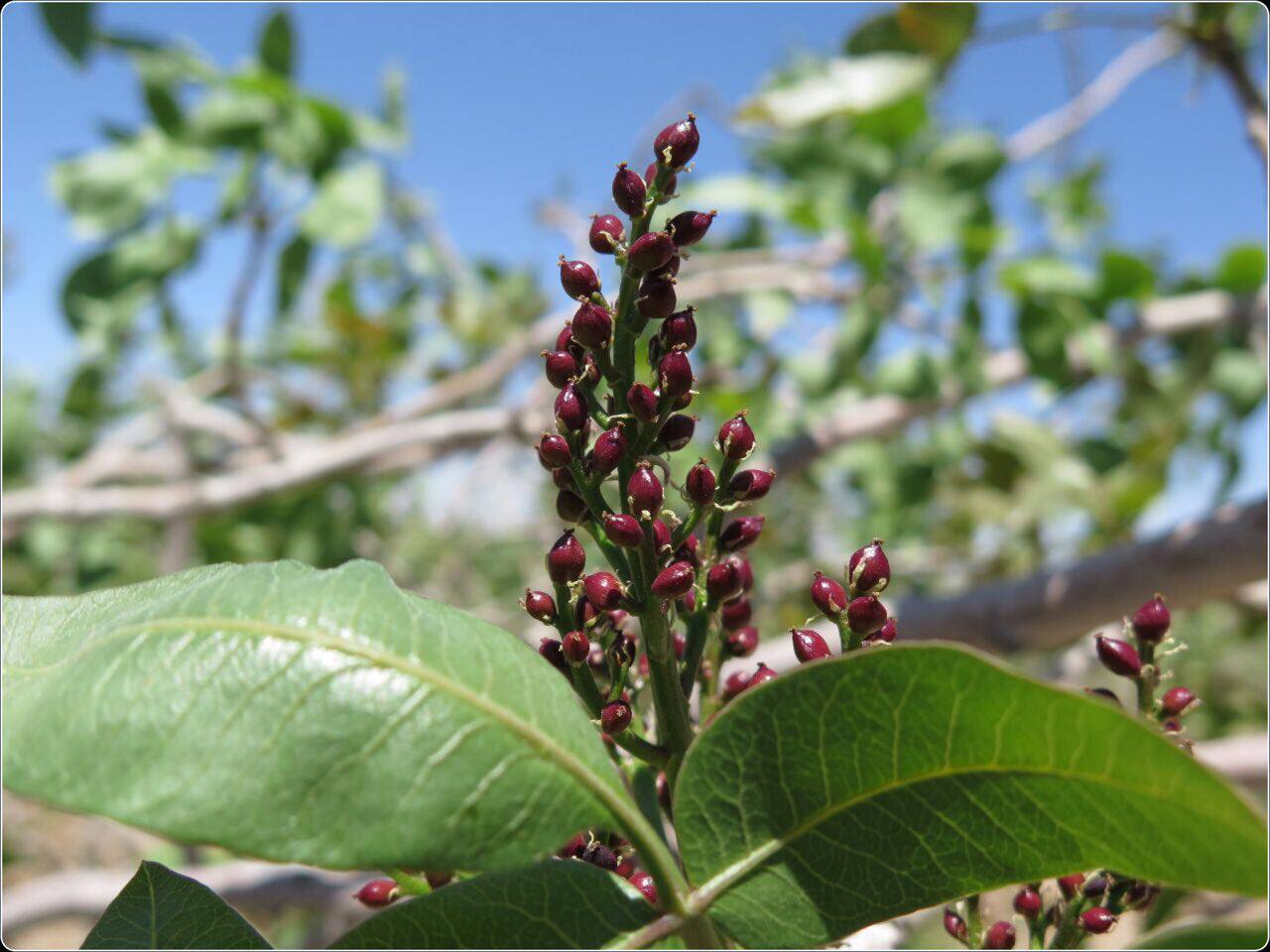Exporting pistachios presents several challenges that producers and exporters must carefully navigate. From maintaining consistent quality to complying with international regulations, understanding these challenges is crucial for successfully reaching global markets.
Meeting International Quality Standards
One of the primary challenges in exporting pistachios is meeting the stringent quality standards required by importing countries. These standards often include limits on moisture content, pesticide residues, kernel size, shell integrity, and the percentage of naturally split nuts.
Maintaining consistent quality requires rigorous quality control processes at every stage, from cultivation to post-harvest handling. Exporters must ensure that nuts are sorted accurately, defective kernels are removed, and only premium-grade pistachios are shipped to meet global expectations.
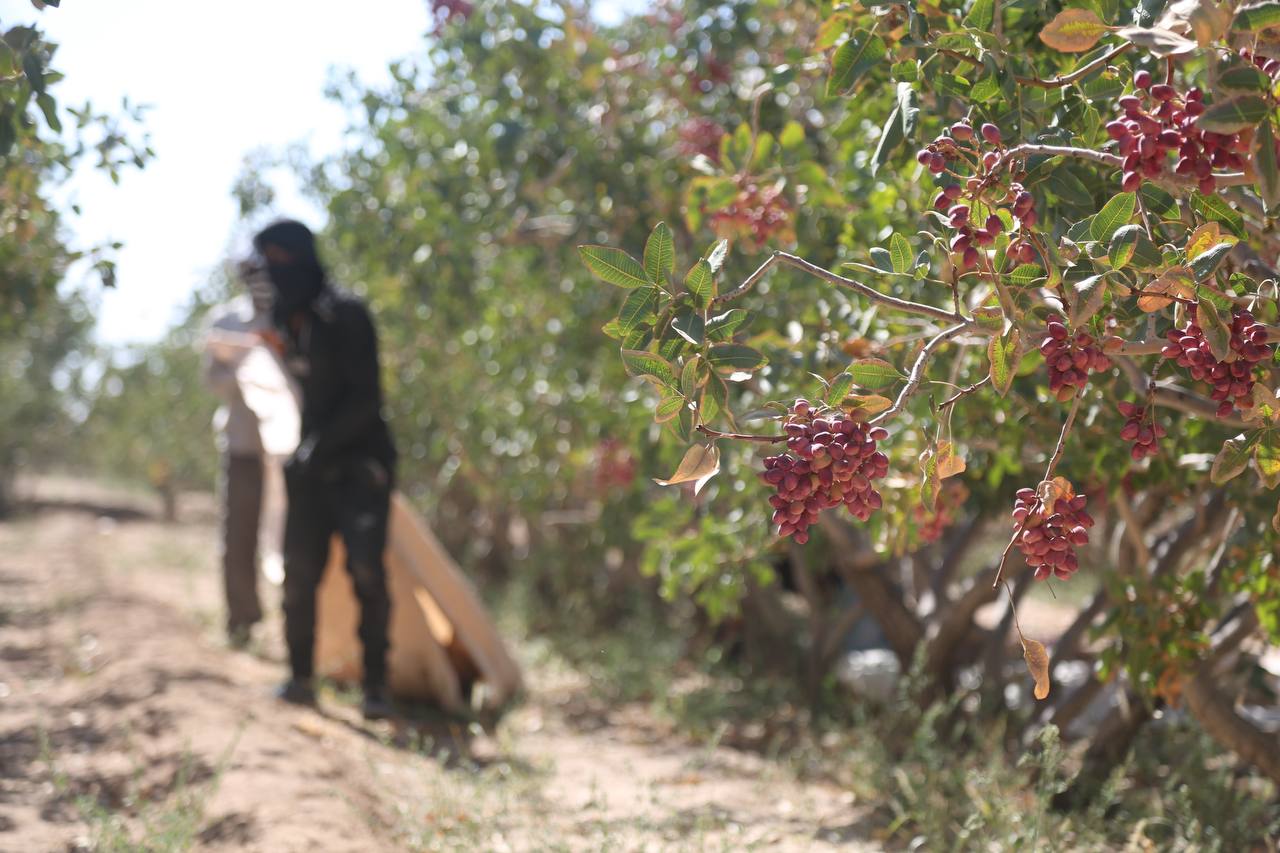
Managing Moisture and Shelf Life
Moisture content is a critical factor affecting the shelf life and exportability of pistachios. Nuts that are too moist are prone to mold and spoilage during transit, while overly dry nuts may lose flavor and texture.
Producers use controlled drying methods to maintain optimal moisture levels. After sorting, pistachios are often packaged in vacuum-sealed or nitrogen-flushed bags to preserve freshness during long-distance shipping. Proper storage and handling throughout the supply chain are essential to prevent quality degradation.
Compliance with Regulatory Requirements
Exporting pistachios requires strict adherence to international regulations, which can vary by country. Regulatory requirements may include maximum pesticide residue limits, food safety certifications, and compliance with packaging and labeling standards.
Navigating these regulations is complex and time-consuming. Exporters must stay updated on changes in laws and regulations to avoid shipment rejections, fines, or delays. Ensuring full compliance is a critical step in building trust with international buyers.
Transportation and Logistics Challenges
Transporting pistachios to global markets involves logistical hurdles. Nuts must be shipped in climate-controlled containers to maintain temperature and humidity levels, preventing spoilage.
Long shipping distances, customs inspections, and potential delays can impact quality and delivery timelines. Exporters need efficient logistics planning and reliable shipping partners to ensure that pistachios arrive in excellent condition.
Market Competition and Pricing Pressures
The global pistachio market is highly competitive, with major producers from countries like Iran, the United States, and Turkey competing for market share. Exporters face pressure to offer competitive pricing without compromising quality.
Understanding market trends, buyer preferences, and seasonal fluctuations is essential for setting prices strategically. Premium-grade pistachios with large, uniform kernels often command higher prices, while smaller or lower-quality nuts may be sold at reduced rates.
Maintaining Traceability and Consumer Trust
Traceability is increasingly important in international trade. Buyers want assurance that pistachios are sourced ethically, meet quality standards, and are safe for consumption.
Exporters implement traceability systems that track each batch from orchard to packing facility. Detailed records of harvest dates, orchard location, and processing steps provide transparency, strengthen brand reputation, and enhance consumer confidence.
Managing Pest and Disease Risks
Pistachios are susceptible to pests and diseases that can affect both yield and export quality. Insects, fungal infections, and viral diseases can compromise kernel integrity and appearance, making nuts unsuitable for international markets.
Producers implement integrated pest management strategies, regular orchard inspections, and timely treatments to minimize risks. These preventive measures are essential to maintain high-quality export standards.
Adapting to Climate and Environmental Factors
Climate variability poses challenges for pistachio production and export. Extreme temperatures, droughts, and irregular rainfall can affect nut development, size, and quality.
Exporters depend on producers who implement sustainable farming practices, including drip irrigation, soil monitoring, and organic fertilization. These strategies help maintain consistent nut quality, which is critical for successful export.
Packaging and Branding Challenges
Proper packaging is vital to protect pistachios during shipping and to meet buyer expectations. Packaging must prevent moisture, light, and temperature damage while highlighting the premium quality of the nuts.
Branding is also a challenge, as international markets favor recognizable, trustworthy brands. Exporters must invest in packaging design, labeling, and marketing strategies that differentiate their products in competitive markets.
Conclusion
Exporting pistachios involves navigating numerous challenges, including quality control, regulatory compliance, transportation logistics, market competition, and environmental factors. Successfully addressing these challenges requires careful planning, advanced processing techniques, and adherence to international standards.
By maintaining consistent quality, implementing sustainable production practices, and ensuring traceability, producers and exporters can overcome obstacles and deliver premium pistachios to global markets. Understanding the complexities of pistachio export allows businesses to thrive in a competitive industry while meeting the expectations of discerning consumers worldwide

